In a past Prusa Story, we visited ETH Zurich, one of the world’s most prestigious universities, and saw how the students at the architecture department embraced 3D printing. They are currently using nearly 100 Original Prusa 3D printers on a daily basis. An example to follow!
However, this brief glimpse is not all there is to discover. Connecting architecture and 3D printing opens a vast field of possibilities to further explore. Fortunately, Jonathan Benhamu, the lecturer of the course at ETH Zurich, is one of the leading personalities in the field. Therefore, we took the chance to ask him about his opinions and visions – and also learn about his current project, the learning platform 3Djony, which helps architects get started with 3D printing!
Once more, we met with Jonathan Benhamu, lecturer at the Department of Architecture at ETH Zurich for Hybrid Techniques for Architecture Design (HYTAC). Jonathan has his own architecture firm called JonyB, which operates from offices located in Basel and Malaga. The team at JonyB builds and designs with three main aspects in mind: Building, Learning, and Innovating. They are not afraid of tackling both architectural and technological challenges, which gives them unique and innovative results. Besides his activity at JonyB, Jonathan also teaches in northern Spain and in Madrid. He welcomes us into an office full of books, pictures, and 3D models. During our discussion about the synergies between architecture and 3D printing, one can feel the excitement and fascination he has for this topic.
Not so long ago, making models meant spending hours, cutting cardboard, applying glue, and painting parts. With 3D printing, you can skip these steps and let the printer do it for you.
“I try to teach my students that 3D printing is an excellent prototyping tool that allows you to make a working model, multiply it, and let the printer do all the work. While the model is being made, the students can work more on their ideas,” says Jonathan.
However, it’s in no way a black-and-white situation – while 3D printing has its merits, not every design is best realized in a print. Traditional model-making methods with materials like cardboard or gypsum also have their distinct advantages. Therefore, Jonathan’s vision is to teach how to combine both methods, allowing the students to choose the best modelmaking process possible. That’s one of the main reasons why Jonathan started his online learning platform 3Djony.
3Djony
When Jonathan first got his hands on a 3D printer, his search for helpful insights and shared experiences on the internet ended up unsuccessful. Finding available resources lacking, he took the initiative to create them himself!
“In the beginning, a few years ago, I noticed that there’s a lot of software for games, for the medical industry… But none for architects. How can this be, I said to myself. We have a machine that can make models, but when I google 3D printing and architecture, I get so little!” recalls Jonathan.
And that’s how 3Djony was born: A simple online learning platform tailor-made for architects. It consists of short videos focusing on the basics of design and 3D printing needed to create architectural models.
“I started to put together a foundation for a course that could help my students and my work as a lecturer,” says Jonathan. “I found out that we need to split the basics of how 3D printing works from the step-by-step guides on how to use it. The lecture sparks interest – you sit and listen to me talk about how great 3D printing is and what you can make.”
3Djony does not offer just video tutorials, but also complex courses, community forums, and 1:1 personal or online training – it’s a project that grows every day. An easy and accessible way to start 3D printing!
“The best feedback is the work of my students – they develop skills with which they can produce extraordinary things,” says Jonathan.
Let’s print… Barcelona!
To back up his praise, Jonathan shows us a stunning example of how 3D printing and architecture can work together – a giant 3D printed model of El Poblenou, a very popular part of Barcelona, which is full of modern office buildings, like the Torre Agbar skyscraper. Furthermore, there are lots of cafes and the famous Bogatell beach. Even though the huge model fills an entire showroom, it is full of small details to discover. It is a true pleasure to the eye.
It was made by Jonathan’s students at ETH within the framework of the first-year design studio, organized by the chair of Prof. Andrea Deplazes. They performed a 2D analysis of the town plan and transformed it into a vivid 3D model using the software ArchiCAD. The aim was to teach the students the principles of modeling in CAD software, analyzing and working with a context, and give them a chance to learn how to work with different scales, how to create details, and how to structure and coordinate their work, all of that while cooperating as a team.
Quite an achievement!
Should architects embrace 3D printing?
When asked whether all architects should adopt 3D printing, Jonathan pauses for a moment.
“I would be very careful about making a general recommendation because architecture is a means of expressing yourself. And every architect can express themselves in a different way,” he begins.
“I’d say that for those architects who are interested in giving a task to someone else, 3D printing is a way to go. They should definitely pick it up,” he recommends.
But he quickly adds: “And those who don’t… They should at least try it as a hobby!”
The rest of the HYTAC staff at ETH are of one mind: “Go for it!”
Original Prusa recommended!
When it comes to choosing a brand of 3D printer, Jonathan has no doubts: He recommends Original Prusa 3D printers because of the community, the robust construction, and the print quality. It was his first 3D printer, and it remains the main (and only) choice at ETH.
“With Prusa, there is also this core understanding that we are all makers at heart,” says Jonathan.






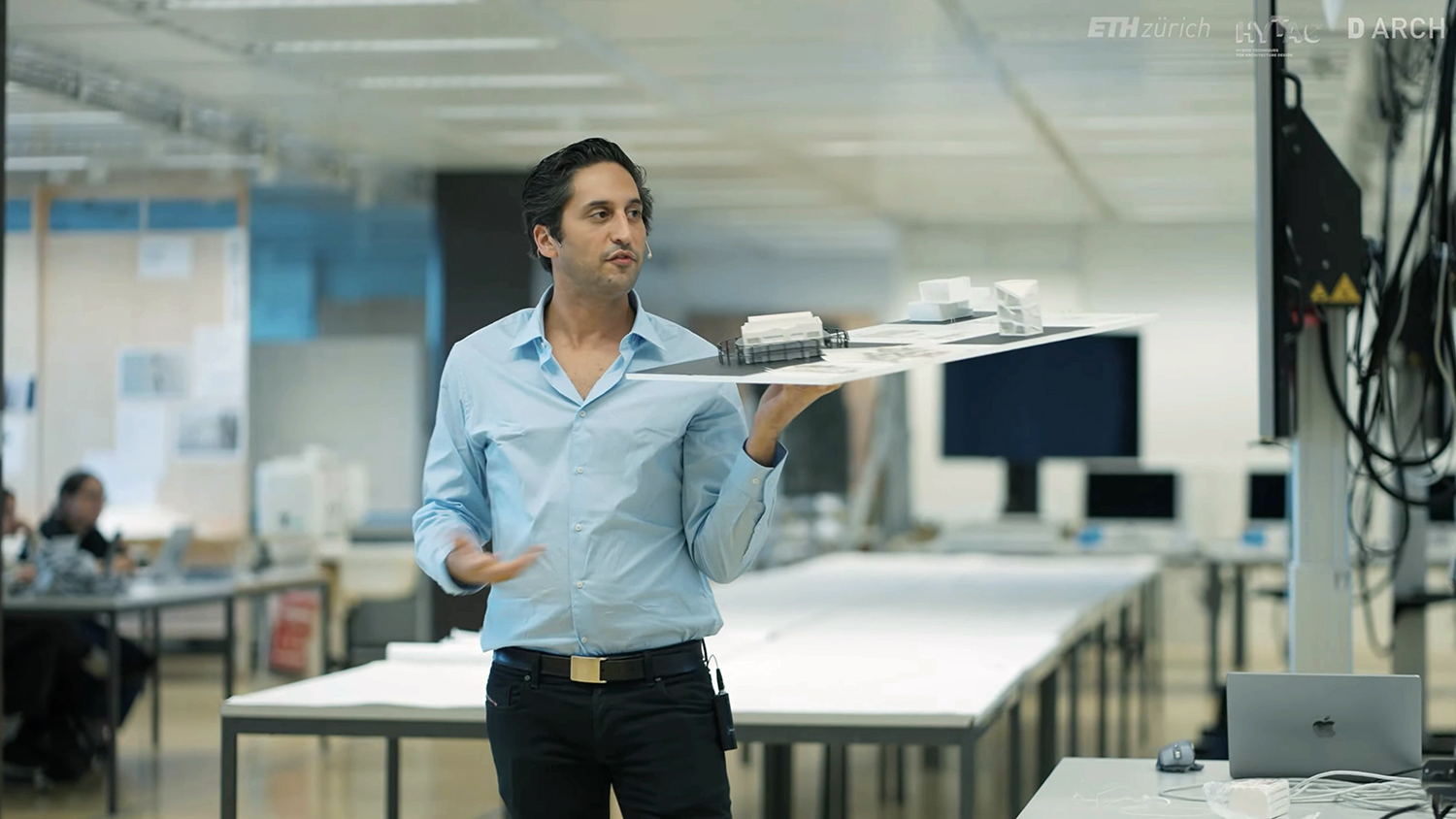
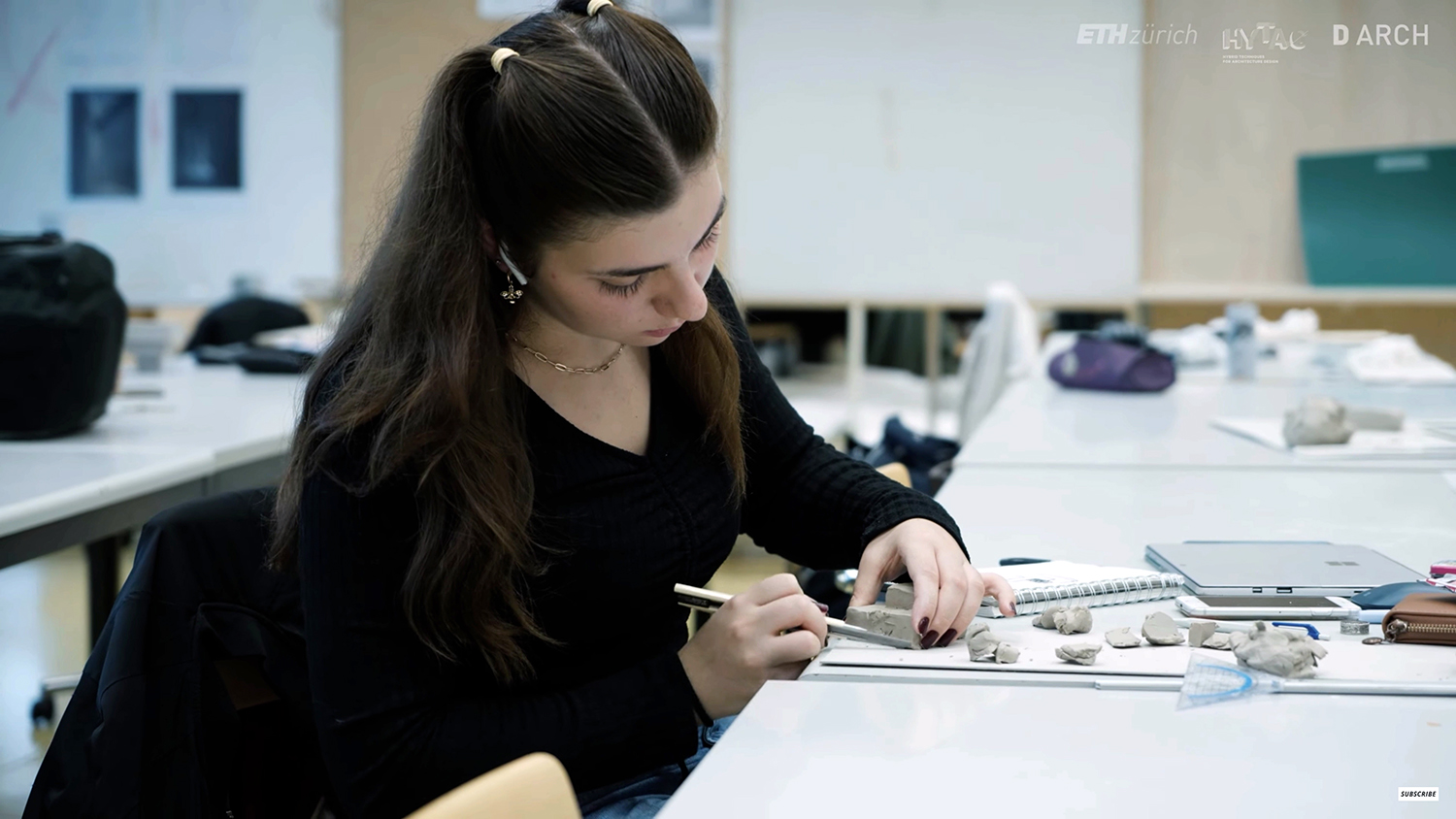
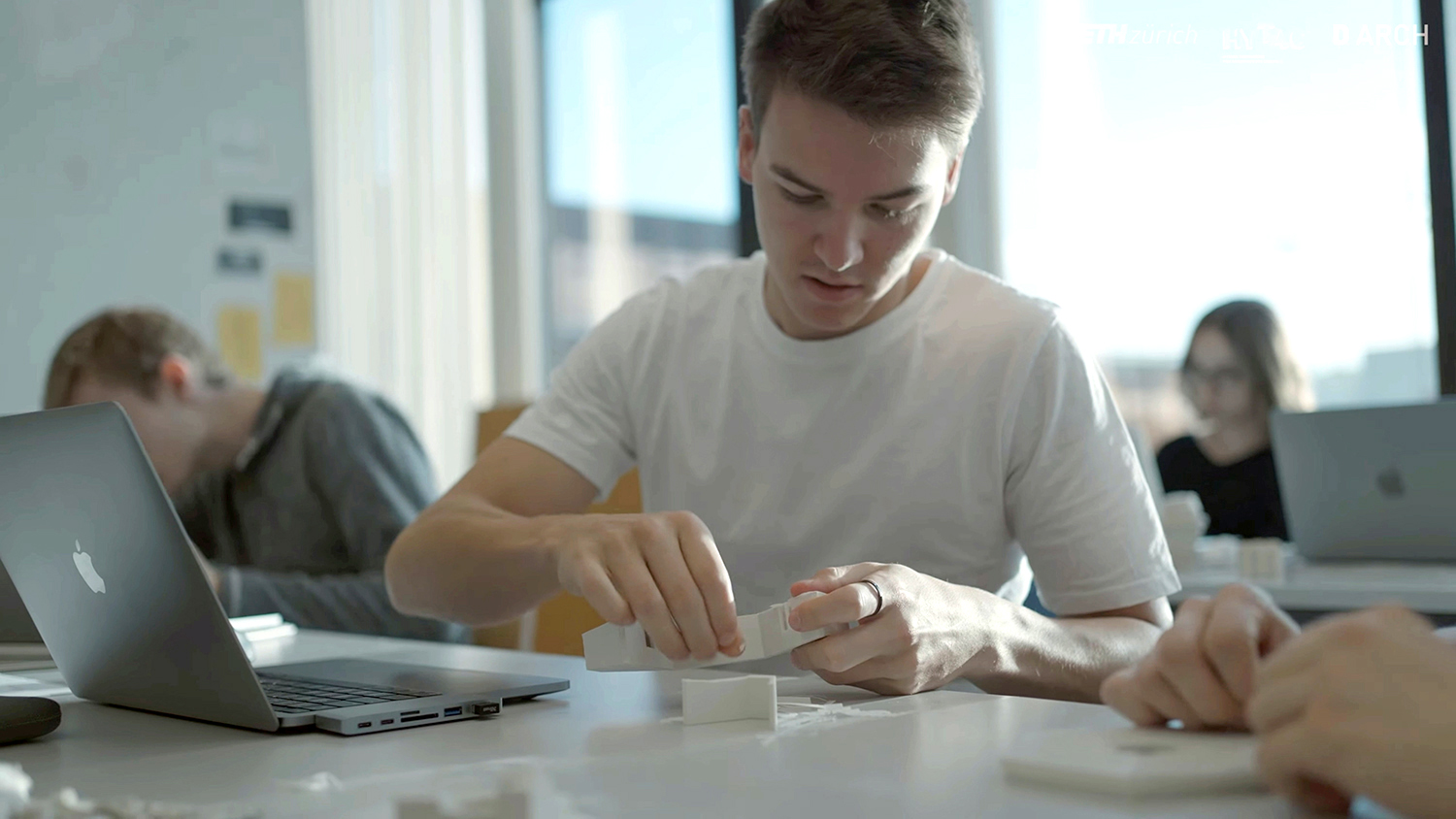
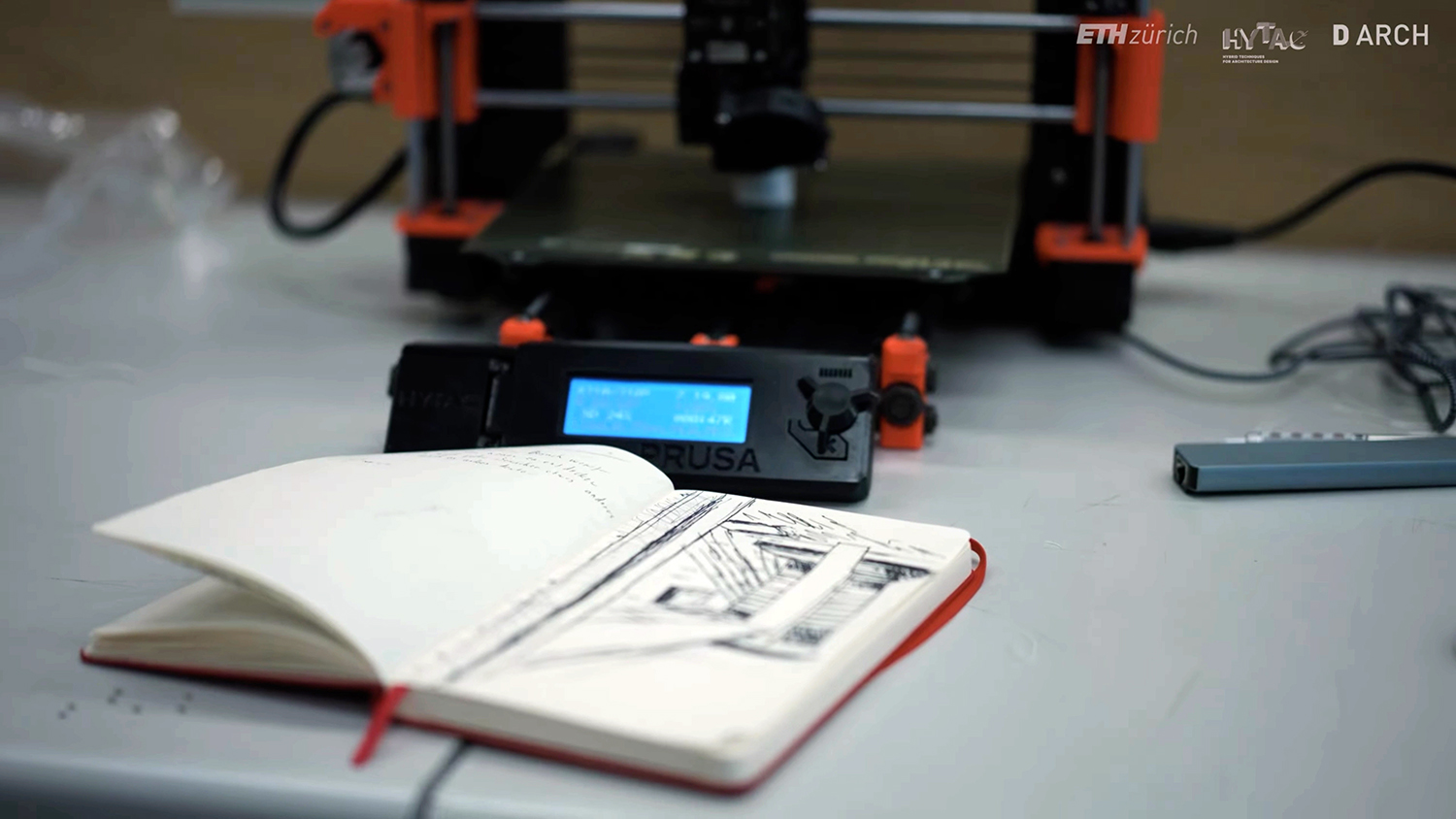
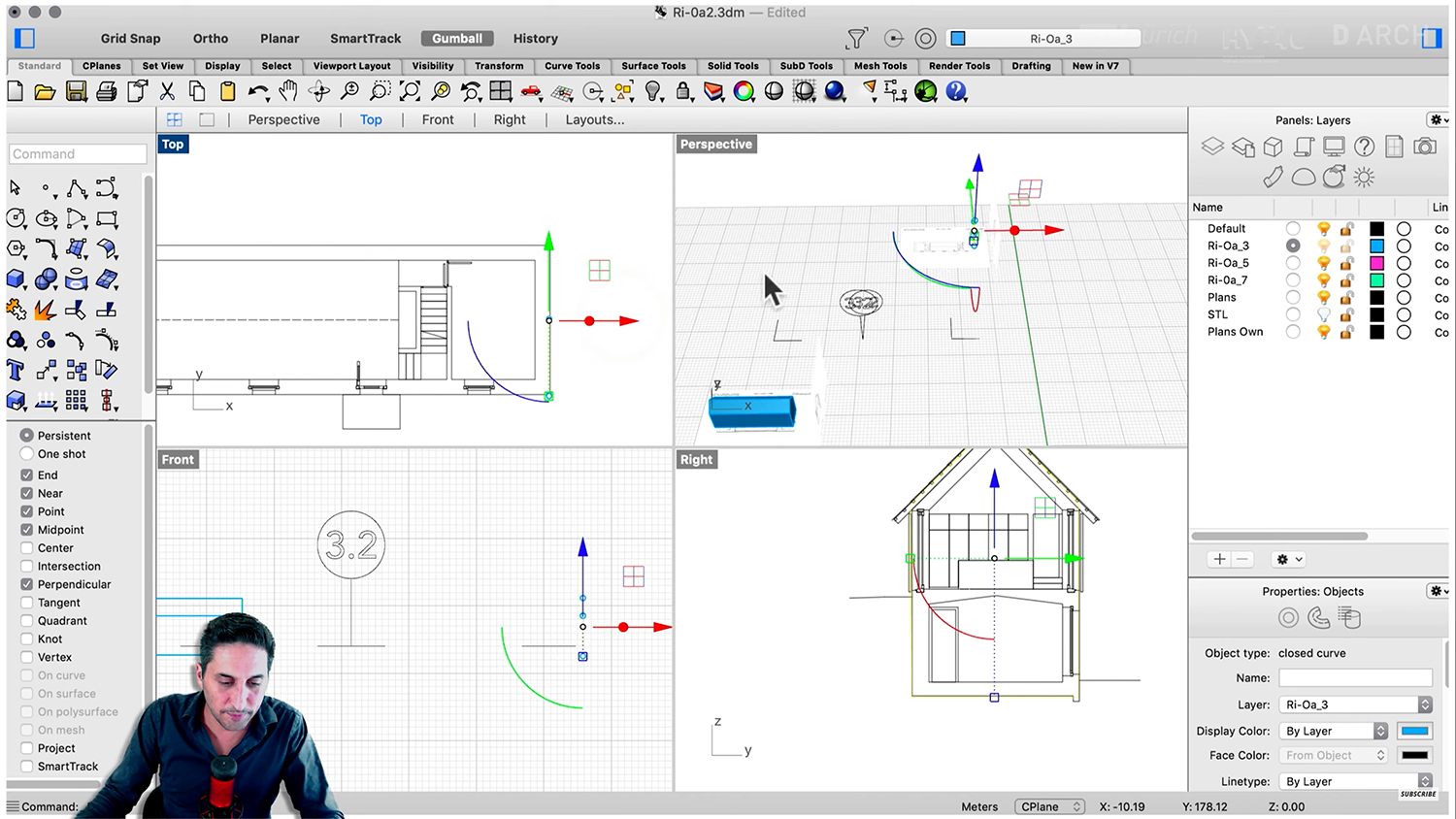
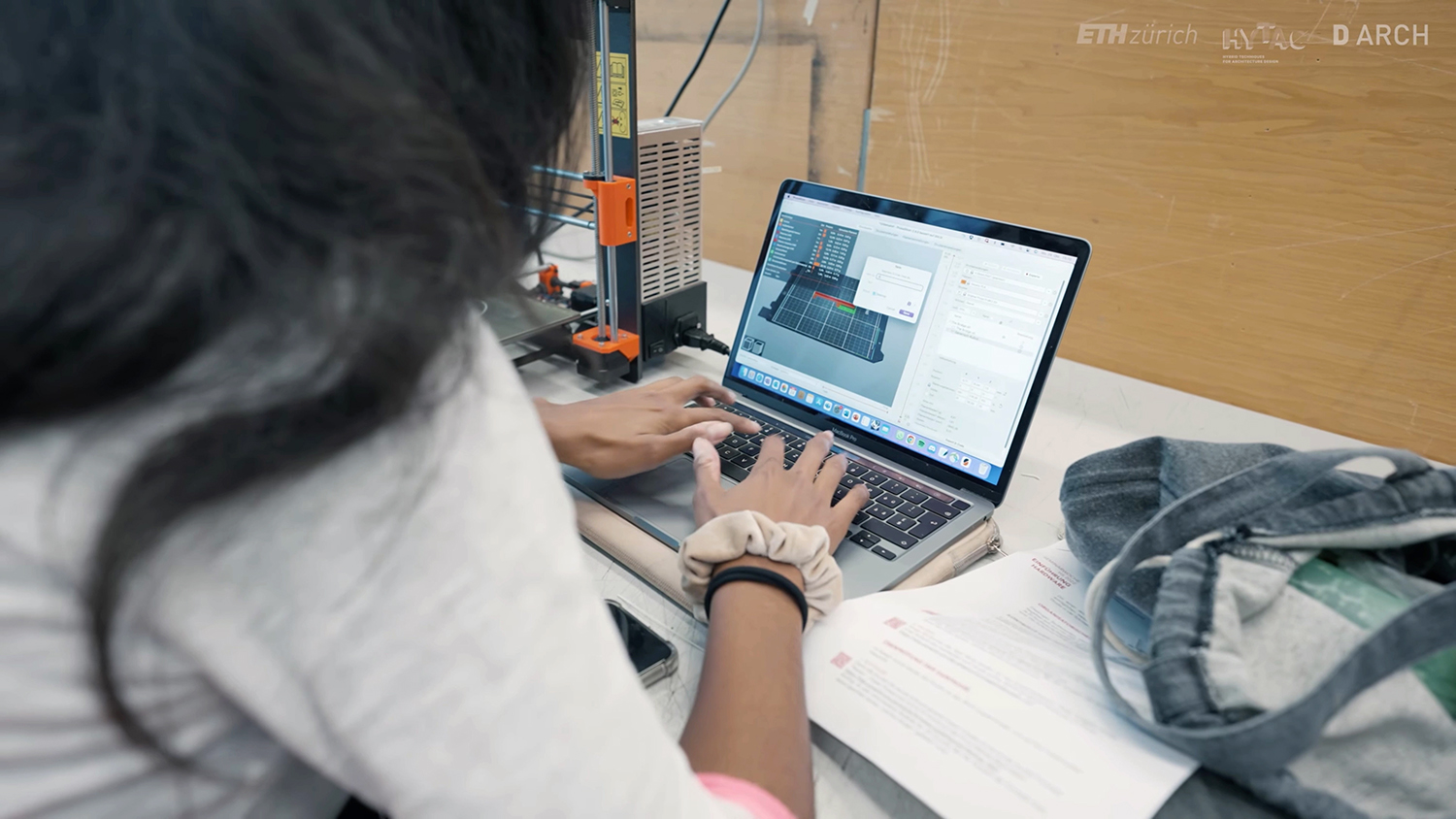
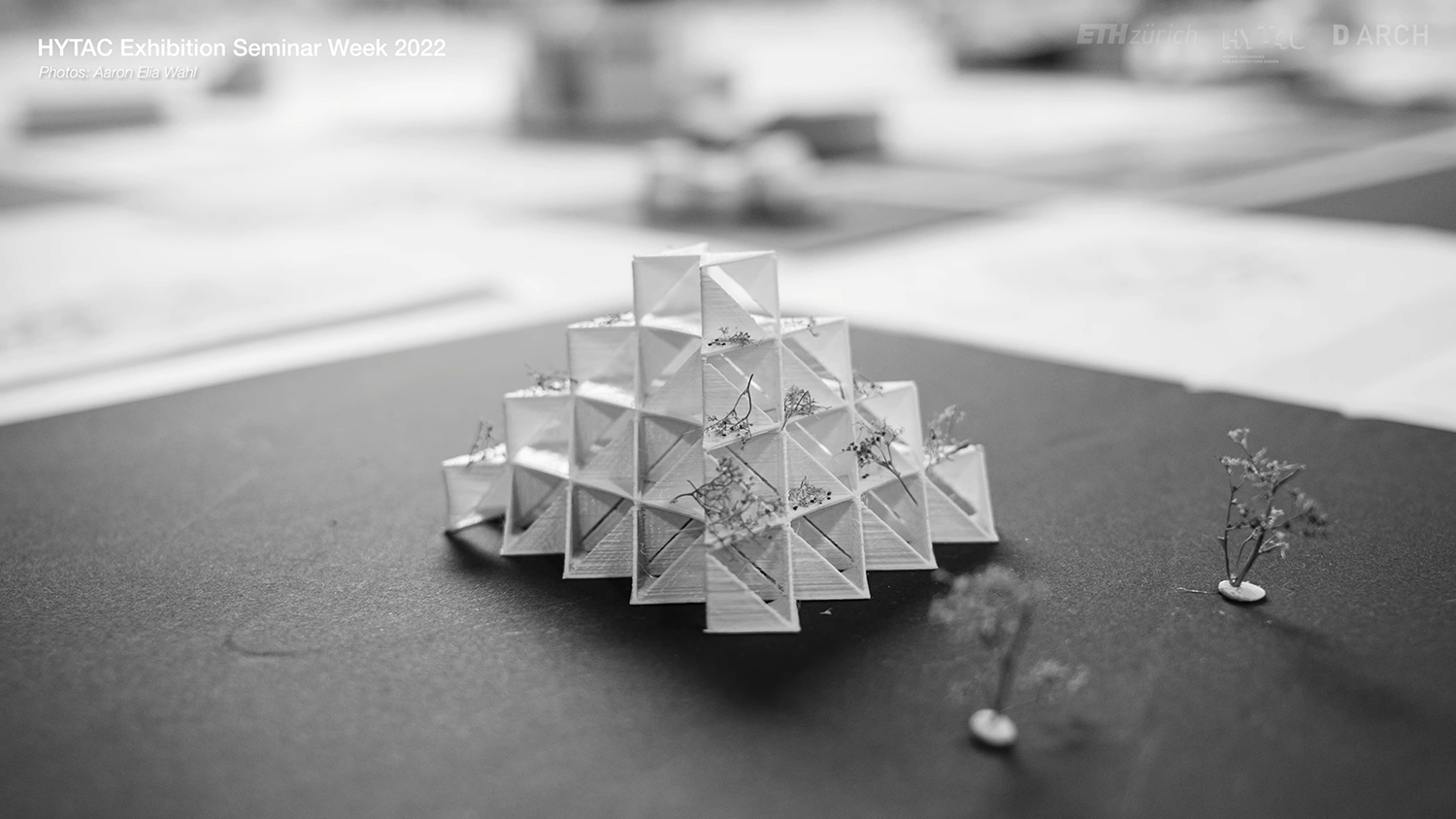
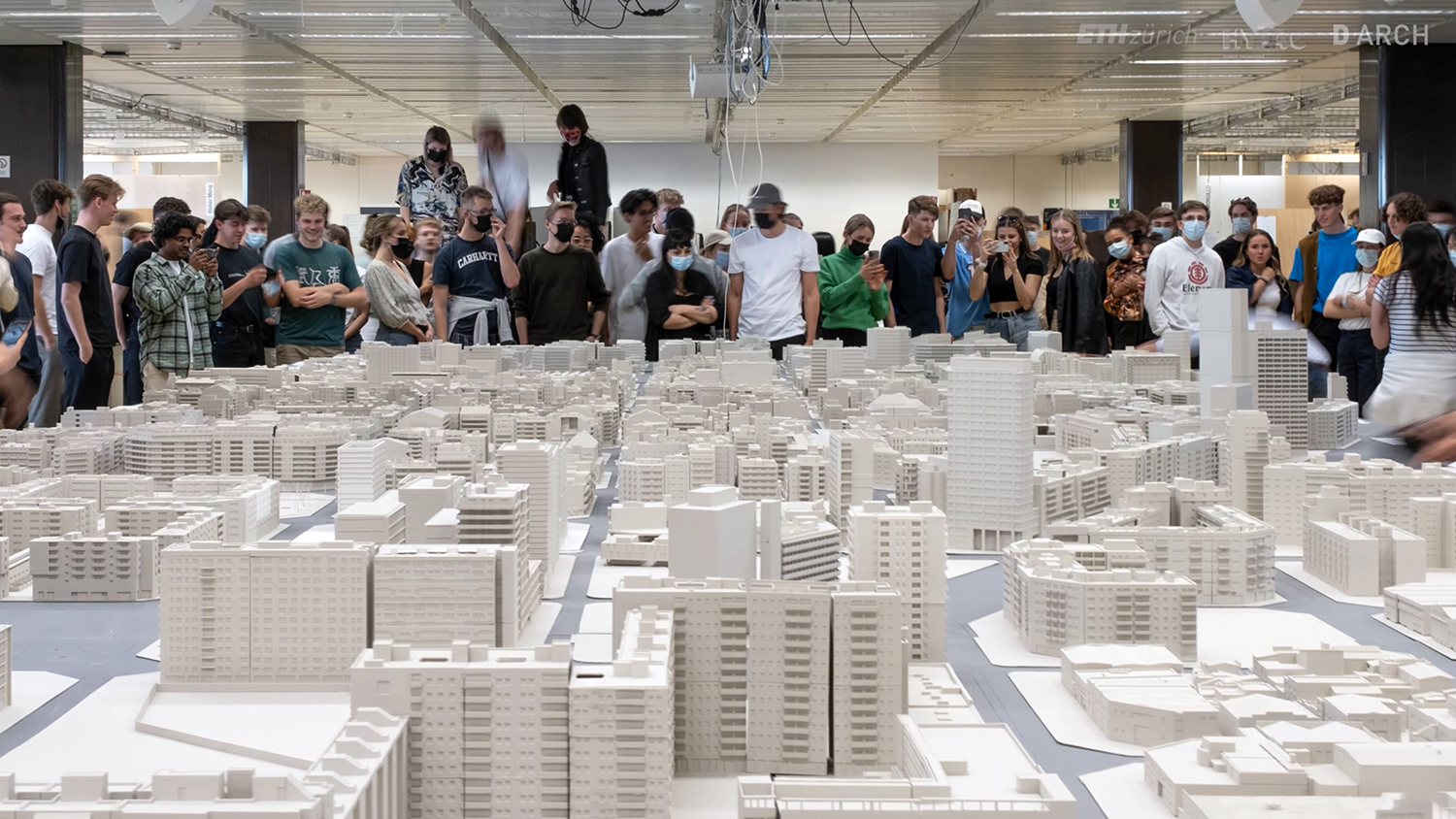
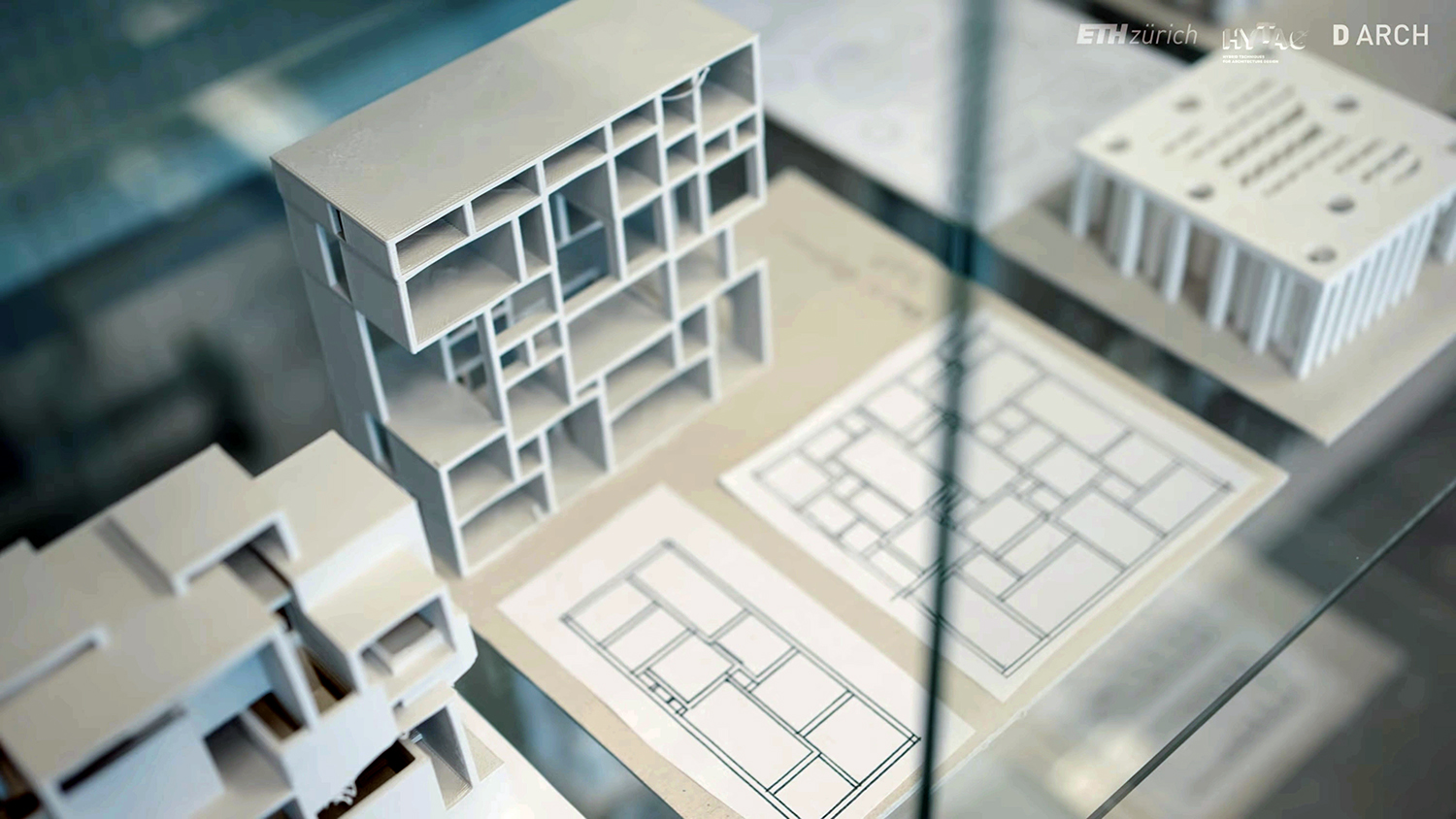
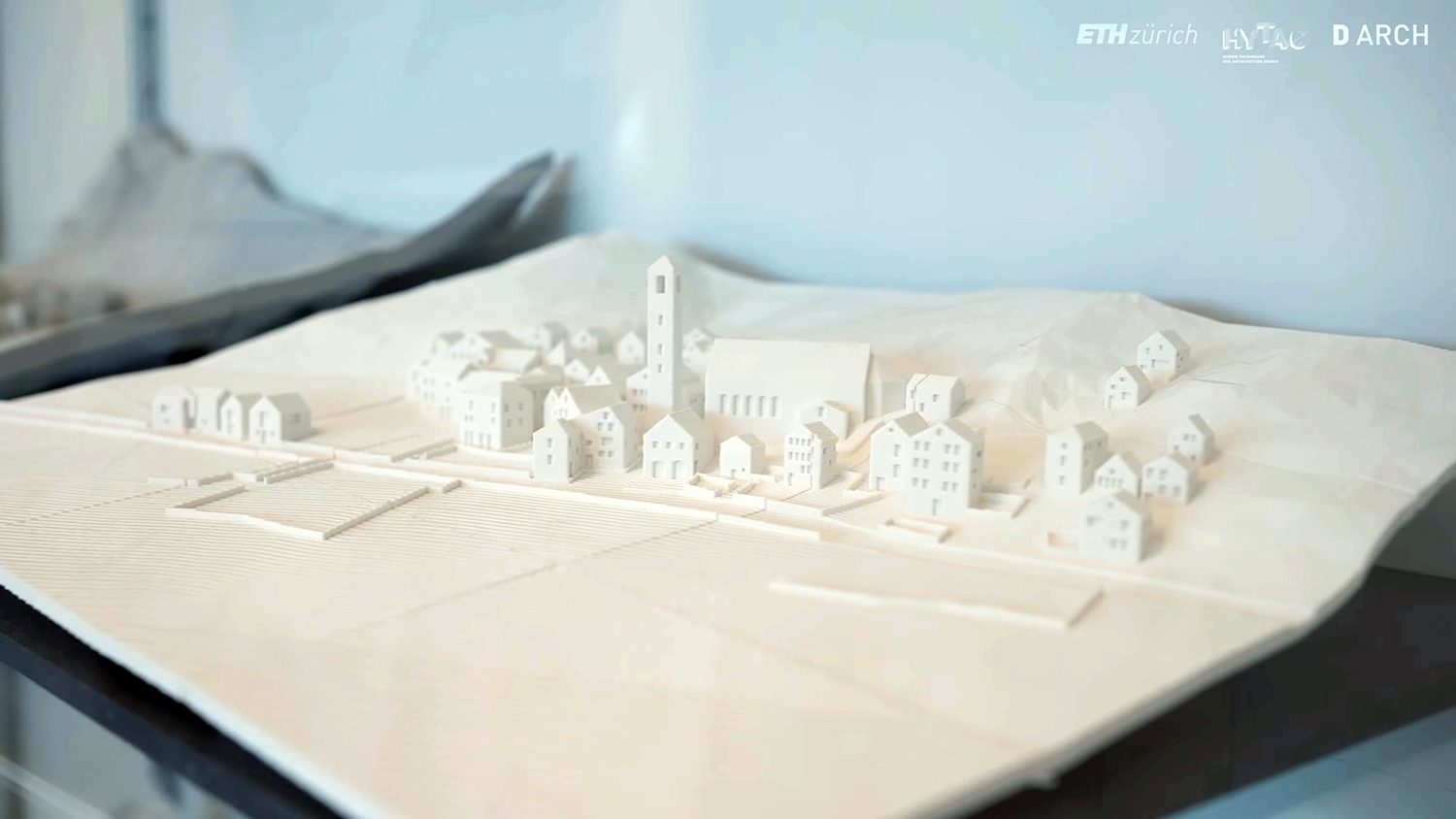
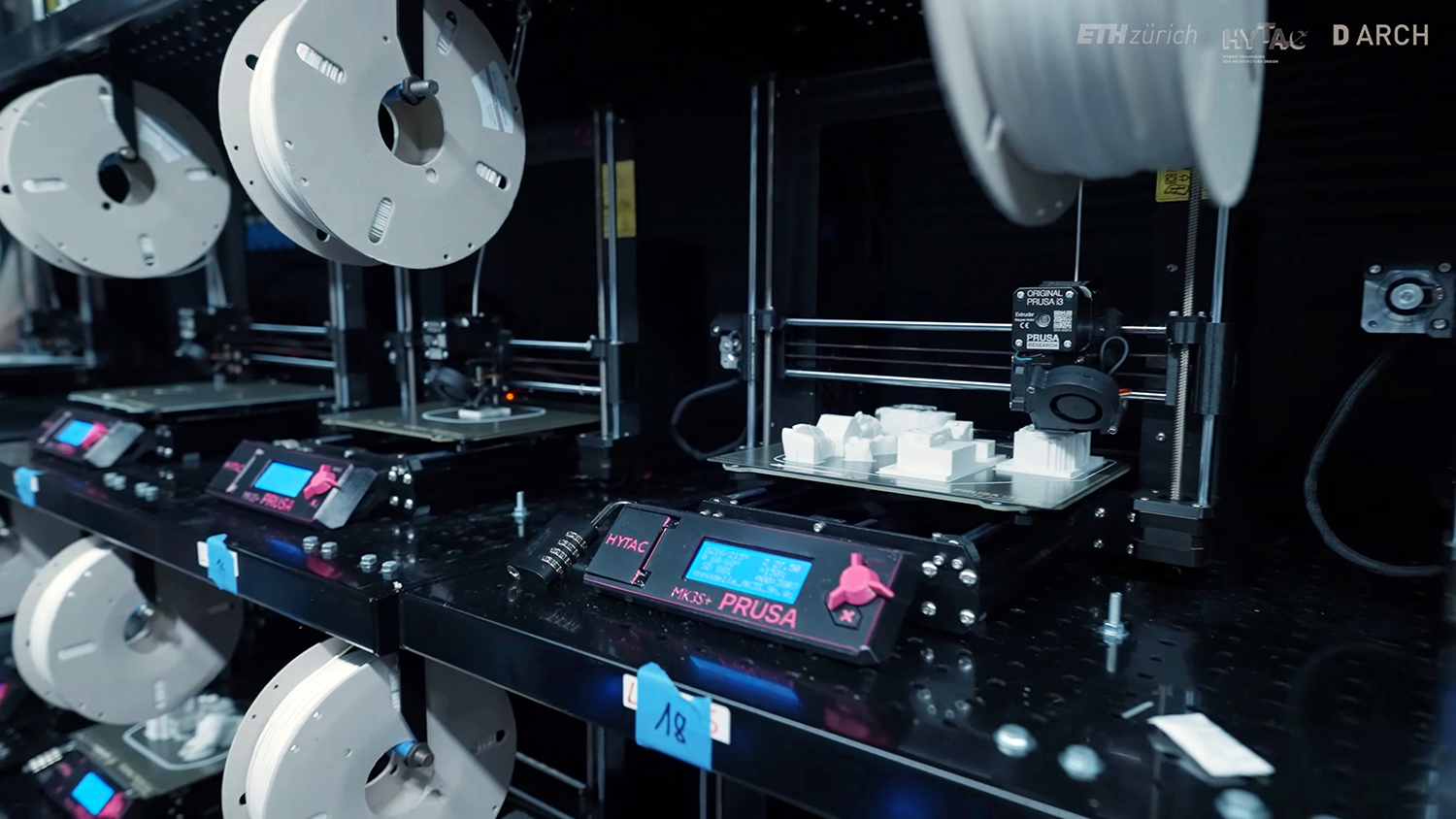
Navigating in today's fast-paced world can be challenging and stressful. Whether you are going on a road trip, looking for the closest restaurant, or simply exploring a new city, having a reliable navigation app can make a big difference. The <a href="https://mapdirections.app">mapquest directions</a> is an online platform that offers a variety of features to help you navigate smoothly and efficiently.
murah4d merupakan situs judi online dan bandar terpercaya di indonesia yang menyediakan permainan judi bola judi togel dan slot online terbaik 2023
https://www.counterjihadreport.com/